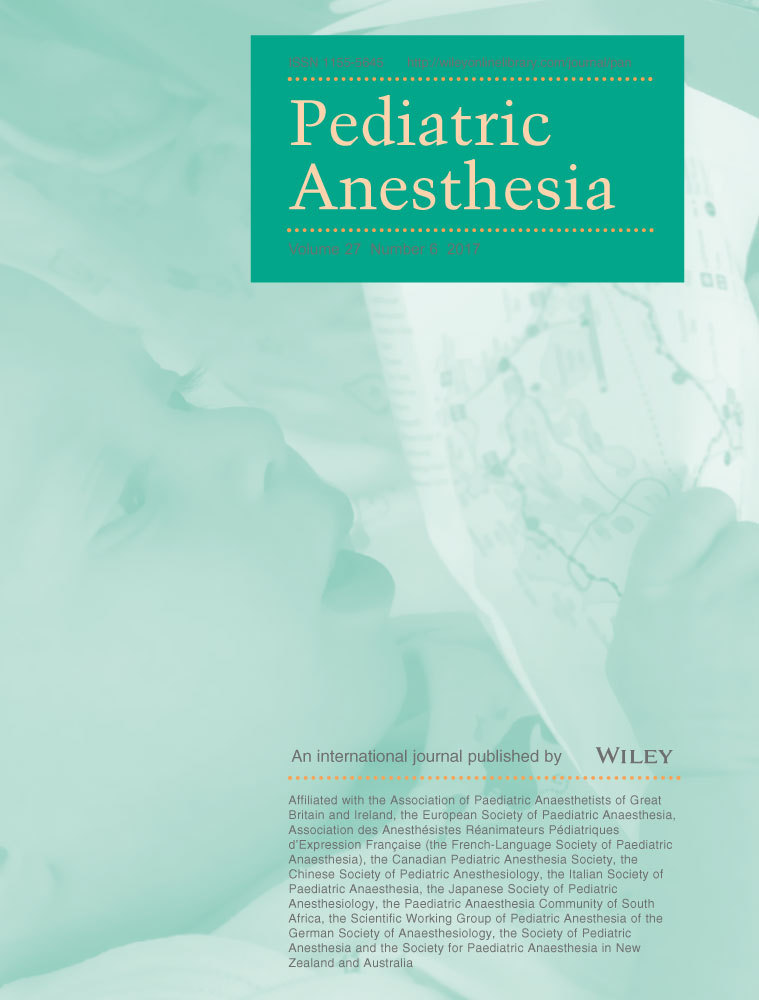Outcomes of a Failure Mode and Effects Analysis for medication errors in pediatric anesthesia
Summary
The Institute of Medicine has called for development of strategies to prevent medication errors, which are one important cause of preventable harm. Although the field of anesthesiology is considered a leader in patient safety, recent data suggest high medication error rates in anesthesia practice. Unfortunately, few error prevention strategies for anesthesia providers have been implemented. Using Toyota Production System quality improvement methodology, a multidisciplinary team observed 133 h of medication practice in the operating room at a tertiary care freestanding children's hospital. A failure mode and effects analysis was conducted to systematically deconstruct and evaluate each medication handling process step and score possible failure modes to quantify areas of risk. A bundle of five targeted countermeasures were identified and implemented over 12 months. Improvements in syringe labeling (73 to 96%), standardization of medication organization in the anesthesia workspace (0 to 100%), and two-provider infusion checks (23 to 59%) were observed. Medication error reporting improved during the project and was subsequently maintained. After intervention, the median medication error rate decreased from 1.56 to 0.95 per 1000 anesthetics. The frequency of medication error harm events reaching the patient also decreased. Systematic evaluation and standardization of medication handling processes by anesthesia providers in the operating room can decrease medication errors and improve patient safety.




